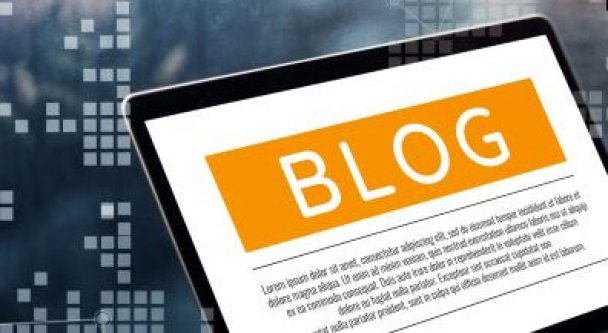By John Bozzella
The Treasury Department is out with some preliminary rules for the $7,500 electric vehicle tax credit included in the Inflation Reduction Act (IRA).
Why not final? Because the rules don’t yet include the most complicated provisions of the new EV credit – those related to the critical minerals and battery components in a qualifying EV. That’s been delayed a few months (until March 2023) as the department finalizes guidance on how to apply the new requirements.
Quick point: The EV tax credit is important to the ongoing EV transformation (about seven percent of the U.S. market), but it’s not the only automotive provision in the law.
The IRA also tackled the supply side with smart automotive industrial base policies.
Manufacturing tax credits will allow automakers to lower their cost of capital in the coming years. That’s good for consumers. So, keep your eye on the more than $15.5 billion in incentives and grants to help build an automotive supply chain and globally competitive battery manufacturing platform.
Back to the EV tax credit. Remember, Congress split the revised $7,500 tax credit in two and based eligibility on a consumer and a battery electric, plug-in electric or fuel cell vehicle meeting certain requirements – like an owner’s income, the MSRP and the origin of the battery’s minerals and components.
Let's do batteries first. Begining when the Treasury Department issues the rules, the law requires 40 percent of the critical minerals in the EV battery to be extracted or processed in the U.S. – or in a country with a U.S. free trade agreement. (It appears the department is considering a broader definition of a 'free trade agreement' to be more inclusive of additional countries and trading partners – something we recommended earlier this year to more quickly reduce our reliance on China). Pass that test, the credit is worth $3,750.
The law also says 50 percent of the battery components must be manufactured in North America. That’s the other $3,750. Both battery thresholds ramp up significantly in the next few years (80 percent for minerals and 100 percent for components).
Since these rules will take a few more months to implement, here’s my take on what next year looks like.
The IRS posted a new webpage listing eligible vehicles by manufacturer. We recommended a centralized and interactive portal with the complex mineral and battery component information to help customers and dealers determine eligibility – something we hope is eventually launched.
Starting in January, qualified automakers will provide the IRS with monthly data to determine vehicle eligibility – things like a vehicle identification number (VIN), whether the vehicle was assembled in North America, battery capacity and the vehicle’s suggested retail price.
So, if you’re looking to get the $7,500 credit in January… ask these questions:
Was the vehicle manufactured in North America? Eligible.
Does the EV have a retail price of $80,000 or less for SUVs, vans or pickups or $55,000 or less for a sedan? Eligible.
Is your adjusted gross income $300,000 or less for married couples filing a joint return or $150,000 for individuals? Eligible.
Sidebar: Customers can apply for the credit on their 2023 tax return when they file in 2024. By 2024, the IRS will allow the tax credit to be applied when the EV is sold at a dealership. In 2023, there’s also a $4,000 tax credit for previously owned EVs under $25,000 that doesn’t have the critical mineral, battery component and assembly restrictions for new EVs (although there are income restrictions).
Back to the new EV credit. The just announced – but incomplete – rules are going to cause some confusion. Maybe not right away but think of it this way: When the law passed in August it knocked out some 70 percent of EVs from credit eligibility. Way too restrictive I said at the time.
Come January, more EVs will be eligible for the full $7,500 credit, in part because the IRA also lifted the cap of 200,000 EVs per manufacturer for the previous incentive.
Fast forward to March and the new mineral and battery component rules come out and it’s possible that EVs that were previously eligible are all of a sudden ineligible – or only partially eligible – because of the stricter battery content and mineral requirements.
Got that? Now imagine what that’ll be like for a customer considering an EV and trying to comparison shop in the months ahead.
That’s why I think it’s going to be bumpy until every manufacturer is at least operating under the same basic ground rules and the raw material and battery requirements catch up to the current geopolitical, sourcing and mineral extraction realities.
Finally, the Treasury Department issues guidance clarifying the $7,500 credit for EVs acquired via a lease – aka the 45W credit for commercial clean vehicles. That's consistent with our recommendation and a positive development for broad adoption of EVs in the U.S. as production and supply chians localize – a goal industry and policymakers share.
A lot to digest… more to come.
John Bozzella is president and CEO of Alliance for Automotive Innovation.

